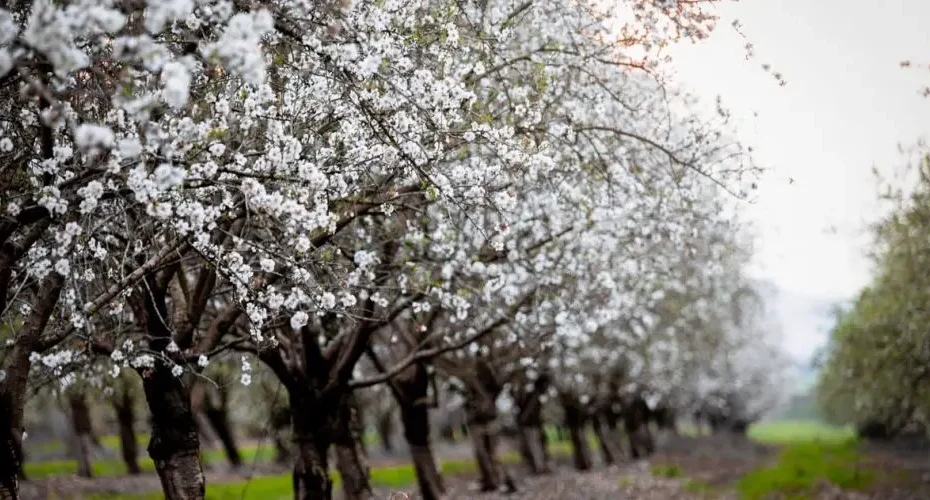This is how the almond tree is grown: all the gardener’s advice
The almond tree is a wonderful spectacle of nature, which can be admired especially in spring, normally between February and March when it reaches its maximum flowering. In fact, in this period, before the leaves sprout, the almond trees are covered with pink, white or light pink flowers, creating an explosion of colors and smells that make the landscape truly enchanting.
Sniffing around the almond tree
The almond tree is a fruit tree native to central and western Asia, but has also been introduced to Europe, North Africa and North America. It is known for its pink or white flowers that bloom in February and March before the leaves appear and for the almonds it produces. It belongs to the Rosaceae family, and is a deciduous plant that can reach a height of between 3 and 6 meters. The bark is gray and smooth, while the leaves are oval and deep green. The almond tree blooms in spring, producing very fragrant pink or white flowers, followed by almonds. There are several almond tree cultivars, including the common almond, the Marcona almond and the pizzuta almond.
almond cultivation
The almond tree is a fruit tree that requires specific care to grow healthy and productive. It needs plenty of sunlight and mild temperatures. That is why it is important to plant it in a sunny area protected from the wind. The ideal soil for almond trees should be well-drained, fertile and with a neutral pH. The almond tree also grows well in sandy soils, as long as they are deep and not clayey. The almond tree requires a good amount of water during the growing season, but it is important to avoid waterlogging. It is advisable to water regularly during the dry season, but avoid wetting the leaves. It is important to prune the almond tree in spring, in order to eliminate dry, damaged or diseased branches and to promote a correct distribution of the sap and greater exposure to the sun of the branches and buds.
It is advisable to prune after flowering, so as not to damage the flowers and buds. The almond tree needs balanced fertilization to grow healthy and productive. It is advisable to use a balanced fertilizer based on nitrogen, phosphorus and potassium, to be administered in spring and autumn. The almond tree can be attacked by various diseases, such as monilia, mealybug, powdery mildew, scab and bacteriosis. In the spring, it is important to check your plants regularly for signs of disease and take early steps to prevent the spread of disease. The almond harvest takes place in August-September. Almonds can be harvested manually or with the help of specific machines.
